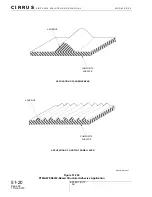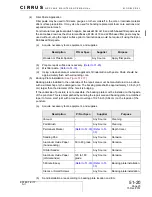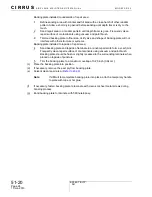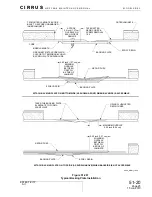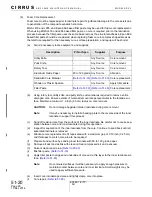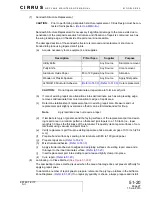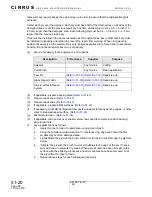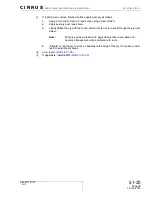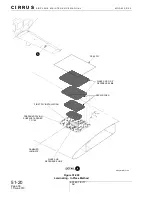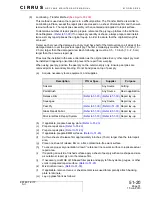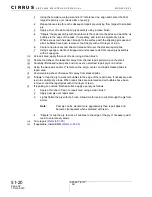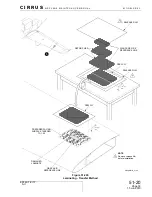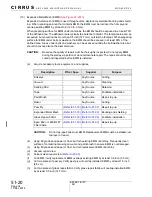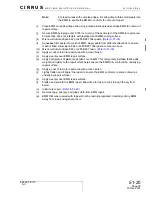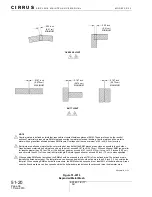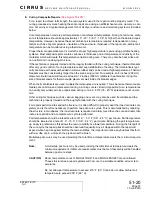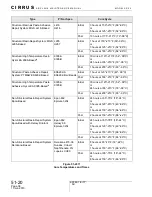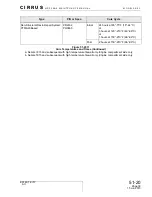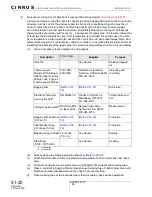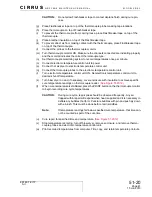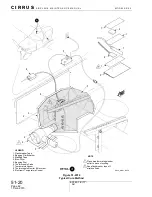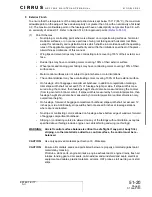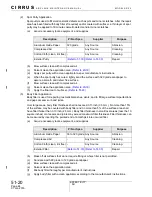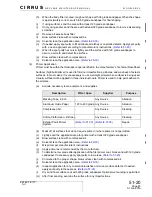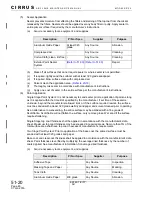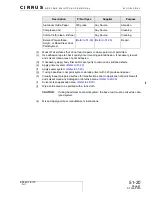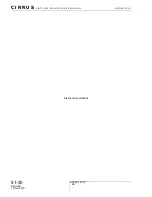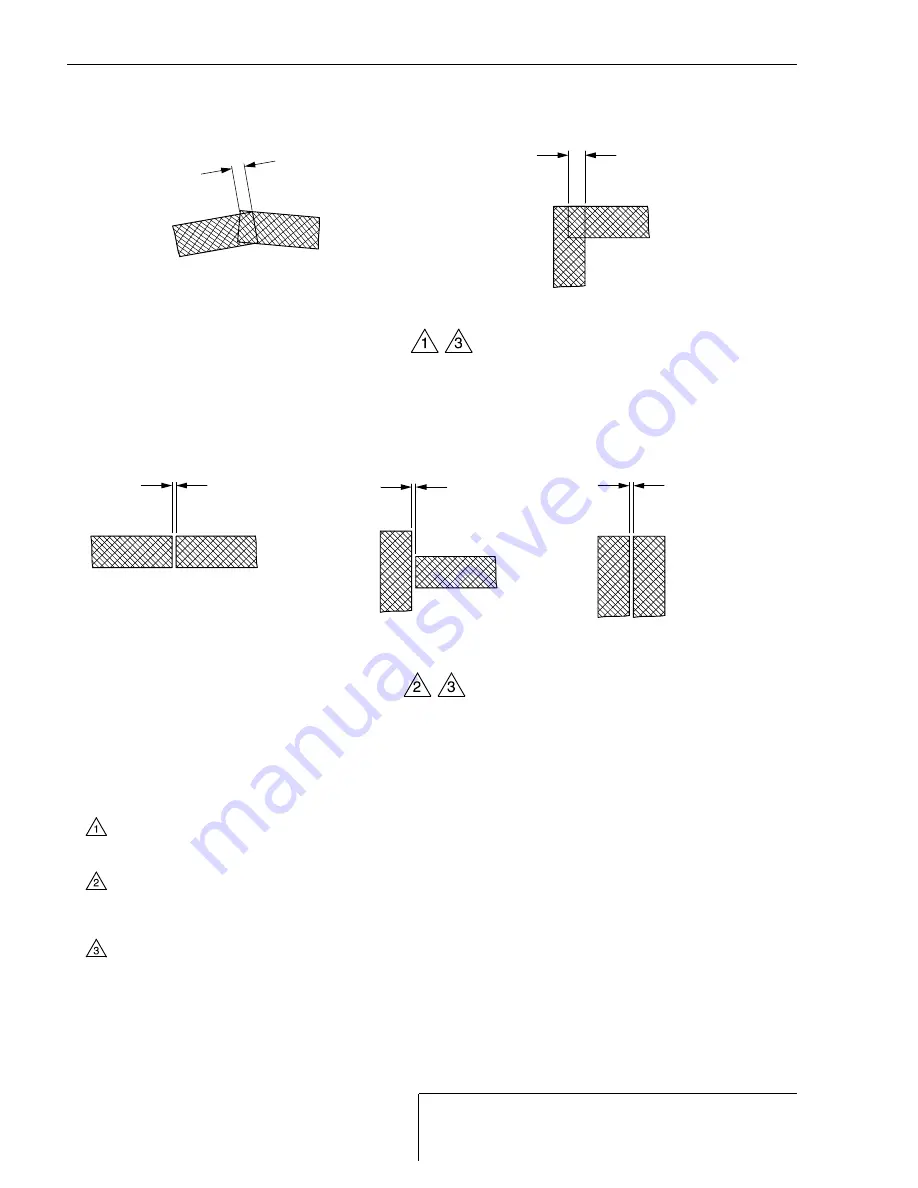
51-20
Page 36
All
EFFECTIVITY:
C I R R U S
A I R P L A N E M A I N T E N A N C E M A N U A L
M O D E L S R 2 0
15 Jun 2010
Figure 51-2010
Expanded Metal Mesh
SR20_MM51_2124
0.187 inch
(0.475 cm)
MAXIMUM
0.187 inch
(0.475 cm)
MAXIMUM
0.187 inch
(0.475 cm)
MAXIMUM
0.20 inch
(0.51 cm)
MINIMUM
0.20 inch
(0.51 cm)
MINIMUM
BUTT JOINT
OVERLAP JOINT
NOTE
Overlap joints are defined as joints that require direct contact between pieces of EMM. These joints can be the result of
splices of material or areas where EMM meet and overlap to maintain electrical bonding. Overlap joints shall be metal to
metal with no glass fiber allowed between EMM layers. Overlaps shall have a minimum of 0.2 inch (0.5 cm) overlap.
Butt joints are defined as joints that do not overlap but require that the EMM pieces are as close as possible to each other.
Gaps between materials on butt joints can be up to but not exceed 0.187 inch (0.475 cm). When sections of EMM run parallel
for lengths greater than 2.0 feet (0.6 m), the butt joint gap may exceed 0.187 inch (0.475 cm) for up to 12.0 inches (30.5 cm)
and not more than 25% of the overall butt joint length. Butt joint gap shall never exceed 0.5 inch (1.3 cm), unless specified.
When sanding EMM under antennas, the EMM should be exposed in at least 70% of the defined area. The defined area is
typically the antenna footprint. The footprint area can be exceeded, but should not be more than 0.5 inch (1.3 cm) outside the
footprint. When sanding EMM under bolts or washers, the EMM should be exposed in at least 90% of the defined area. Areas
under bolts and washers can be exposed outside the bolt/washer area but should not exceed twice the diameter area.

